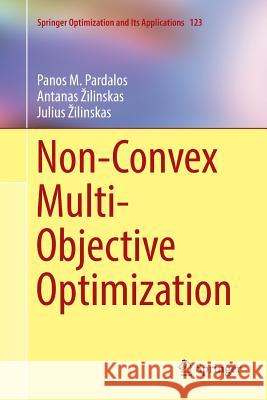Non-Convex Multi-Objective Optimization » książka
topmenu
Non-Convex Multi-Objective Optimization
ISBN-13: 9783319869810 / Angielski / Miękka / 2018 / 192 str.
Non-Convex Multi-Objective Optimization
ISBN-13: 9783319869810 / Angielski / Miękka / 2018 / 192 str.
cena 383,73 zł
(netto: 365,46 VAT: 5%)
Najniższa cena z 30 dni: 382,84 zł
(netto: 365,46 VAT: 5%)
Najniższa cena z 30 dni: 382,84 zł
Termin realizacji zamówienia:
ok. 20 dni roboczych.
ok. 20 dni roboczych.
Darmowa dostawa!
Kategorie:
Kategorie BISAC:
Wydawca:
Springer
Seria wydawnicza:
Język:
Angielski
ISBN-13:
9783319869810
Rok wydania:
2018
Wydanie:
Softcover Repri
Ilość stron:
192
Waga:
0.29 kg
Wymiary:
23.39 x 15.6 x 1.12
Oprawa:
Miękka
Wolumenów:
01
Dodatkowe informacje:
Wydanie ilustrowane











